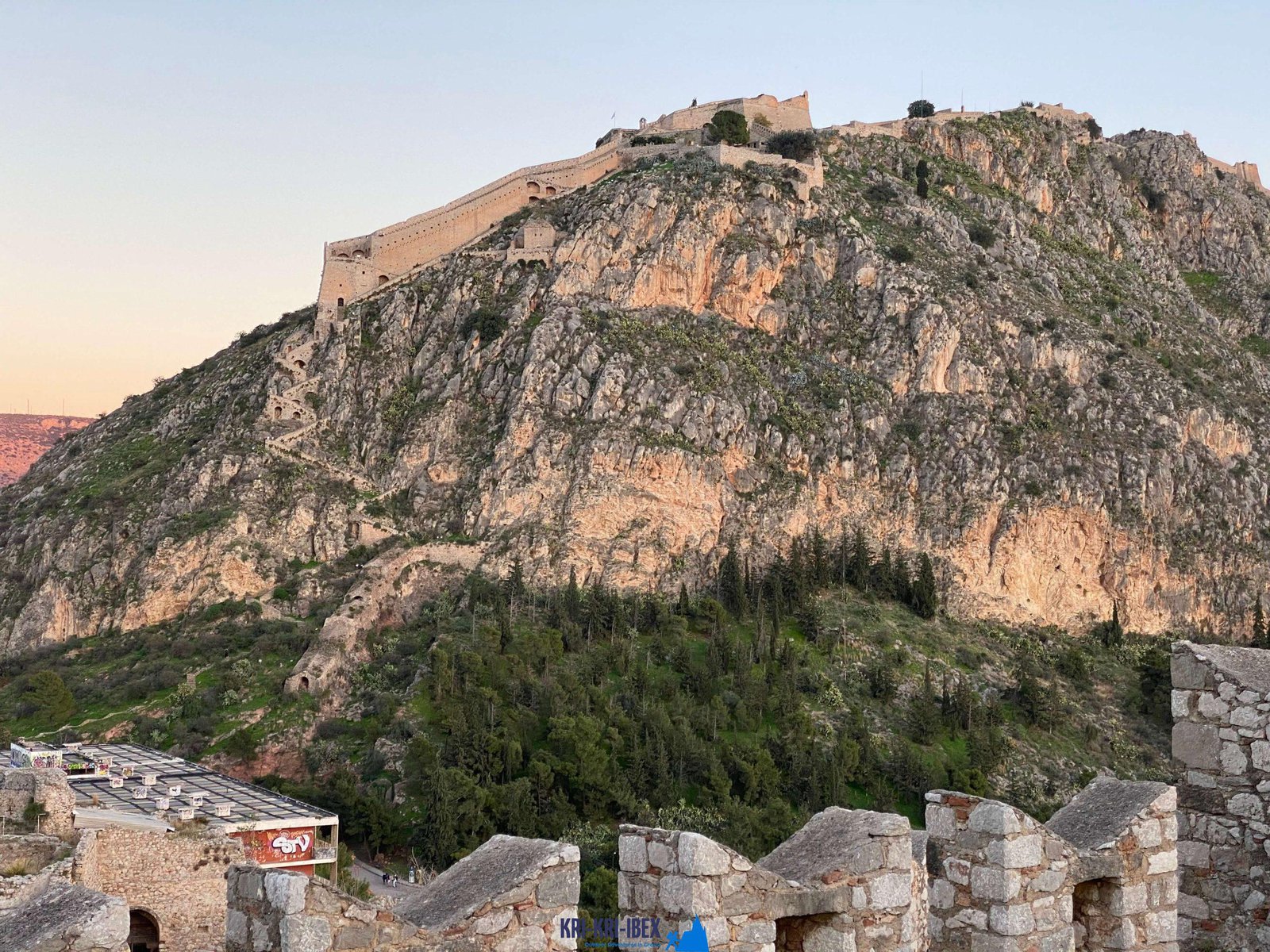
The Peloponnese peninsula on the Greek Mainland is usually referred to as the 'genuine' Greece. Since it has actually taken care of to remain relatively unblemished by mass tourism and keeps much of its typical beauty, this is. Peloponnese is the location for you if you're looking for an authentic Greek experience. As well as what much better means to explore this beautiful area than on among our exterior searching, angling, and also cost-free diving excursions?

Searching Kri-Kri Ibex on Sapientza Island is a difficult but satisfying task. The ibex stay in rugged, rocky terrain that can quickly leave you without footwear after just 2 trips. Shooting a shotgun without optics can also be a difficult task. Nonetheless, the hunt is well worth it as the ibex are several of one of the most gorgeous animals on the planet. Greece is a wonderful country with a rich background and also society. There are several tourist possibilities offered, consisting of walking, sightseeing, and of course, hunting. Greece provides something for everyone as well as is absolutely worth a visit.
On our Peloponnese trips, you'll get to experience all that this fantastic area needs to use. We'll take you on a trip of a few of one of the most beautiful as well as historical websites in all of Greece, including old ruins, castles, and extra. You'll additionally get to experience a few of the standard Greek culture direct by delighting in several of the tasty food and also red wine that the region is understood for. As well as certainly, no journey to Peloponnese would certainly be total without a dip in the gleaming Mediterranean Sea! Whether you're a seasoned hunter trying to find a novice traveler or a new journey just aiming to explore Greece's magnificent landscape, our Peloponnese trips are ideal for you. What are you waiting for? Book your journey today!
If you're seeking an authentic Greek experience, then look no more than our exterior hunting in Greece with angling, and cost-free diving trips of Peloponnese. This is an unforgettable means to see everything that this incredible area needs to use. Reserve your tour today!
What is the diference between Kri Kri ibex, Bezoar ibex and hybrid ibex
The kri-kri is not thought to be indigenous to Crete, most likely having been imported to the island during the time of the Minoan civilization. Nevertheless, it is found nowhere else and is therefore endemic to Crete. It was common throughout the Aegean but the peaks of the 8,000 ft (2,400 m) White Mountains of Western Crete are their last strongholds–particularly a series of almost vertical 3,000 ft (900 m) cliffs called ‘the Untrodden’—at the head of the Samaria Gorge. This mountain range, which hosts another 14 endemic animal species, is protected as a UNESCO Biosphere Reserve. In total, their range extends to the White Mountains, the Samaria National Forest and the islets of Dia, Thodorou, and Agii Pandes.
This Ibex is NOT a diminutive form of the Bezoar Ibex, which has migrated into the western-most reach of the range of this species. The kri – kri (Capra aegagrus cretica), sometimes called the Cretan goat, Agrimi, or Cretan Ibex, is a feral goat inhabiting the Eastern Mediterranean, previously considered a subspecies of wild goat. The kri-kri has a light brownish coat with a darker band around its neck. It has two horns that sweep back from the head. In the wild they are shy and avoid tourists, resting during the day. The animal can leap some distance or climb seemingly sheer cliffs.
“The agrimi goat Capra aegagrus cretica is unique to Crete and its offshore islands. It has been identi®ed as a sub-species of the wild bezoar goat Capra aegagrus aegagrus Erxleben, 1777, which it closely resembles in horn shape, body form and coloration. This classi®cation has been disputed by some researchers who claim that the agrimi are feral goats, derived from early domestic stock brought to the island by the ®rst Neolithic settlers. In order to clarify this issue, DNA analyses (cytochrome b and D loop sequences) were carried out on tissue of live and skeletonized agrimi and compared to sequences of wild and domestic caprines. Results conclusively show the agrimi to be a feral animal, that clades with domestic goats (Capra hircus) rather than with wild Asiatic bezoar. This study demonstrates that morphometric criteria do not necessarily re¯ect genetic af®nities, and that the taxonomic classi®cation of agrimi should be revised.”